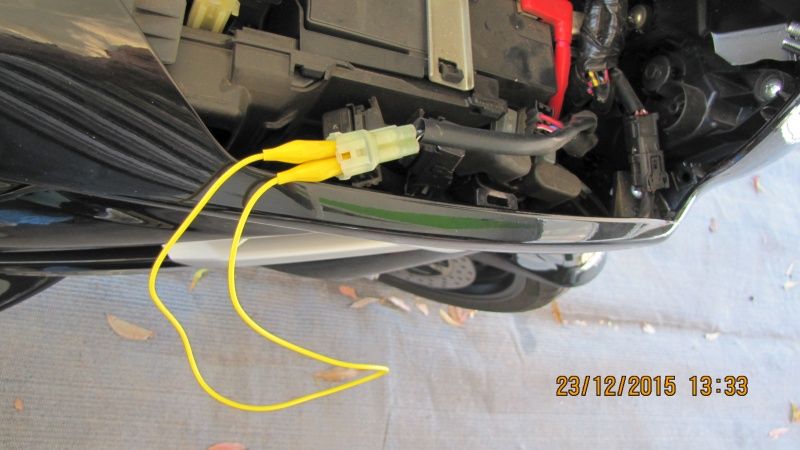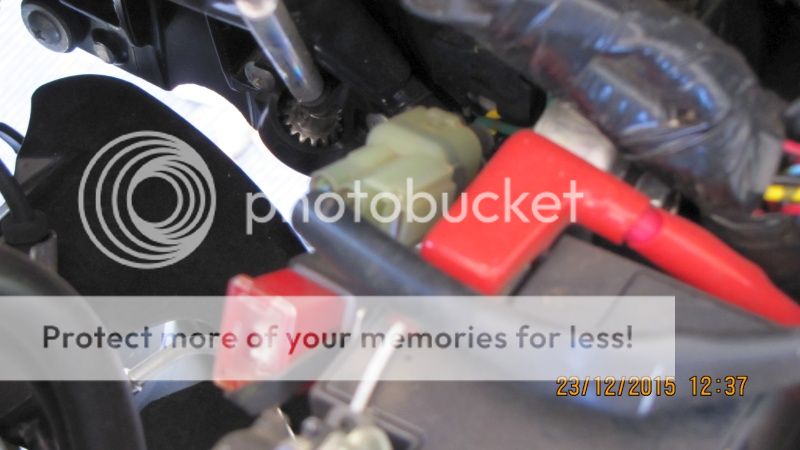MCRIDER007
Well-known member
Is it necessary to do a double brake flush when a ABS unit is involved? If you change the brake fluid every 3-4 years I think the answer is "NO". If you change the brake fluid every 2.years then the answer is "Hell NO". My opinion only, based solely on personal experience and lack of any problems whatsoever of not doing a double flush.The dude with 2-wheel obsession says the linked brakes aren't flushed unless you pulse the ABS pump. Rather than figure out a way to jump the pump wires, he suggest flushing the linked brakes (front then rear), then ride the bike down the street and stomp on the rear pedal to activate the ABS. The pump will pulsate the fluid in it. Then you can re-flush the linked brakes (front and rear) to remove the rest of the fluid. My question - is this Really necessary? What percentage of the fluid in the entire linked system is in the ABS pump? I see the point in exercising the pump to move the fluid there. But if 5% of 2 year fluid mixes with 95% of brand new fluid, knowing that I'm going to do it again every 2 years like clockwork - is that really necessary?Just curious to know what the masses say.
PS: The easiest way to activate the ABS unit, front and back, is on a hard surface dirt road, you only have to be going 10 mph.
Last edited by a moderator:
































































